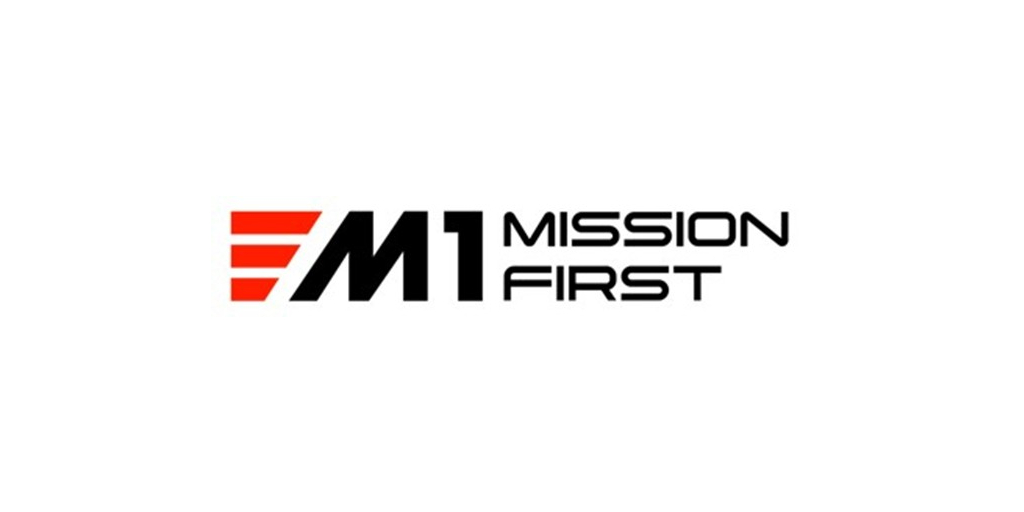
AeroGenie - مساعد الطيار الذكي الخاص بك.
الرائج الآن
Categories
Boeing's Annual Aircraft Production Volume
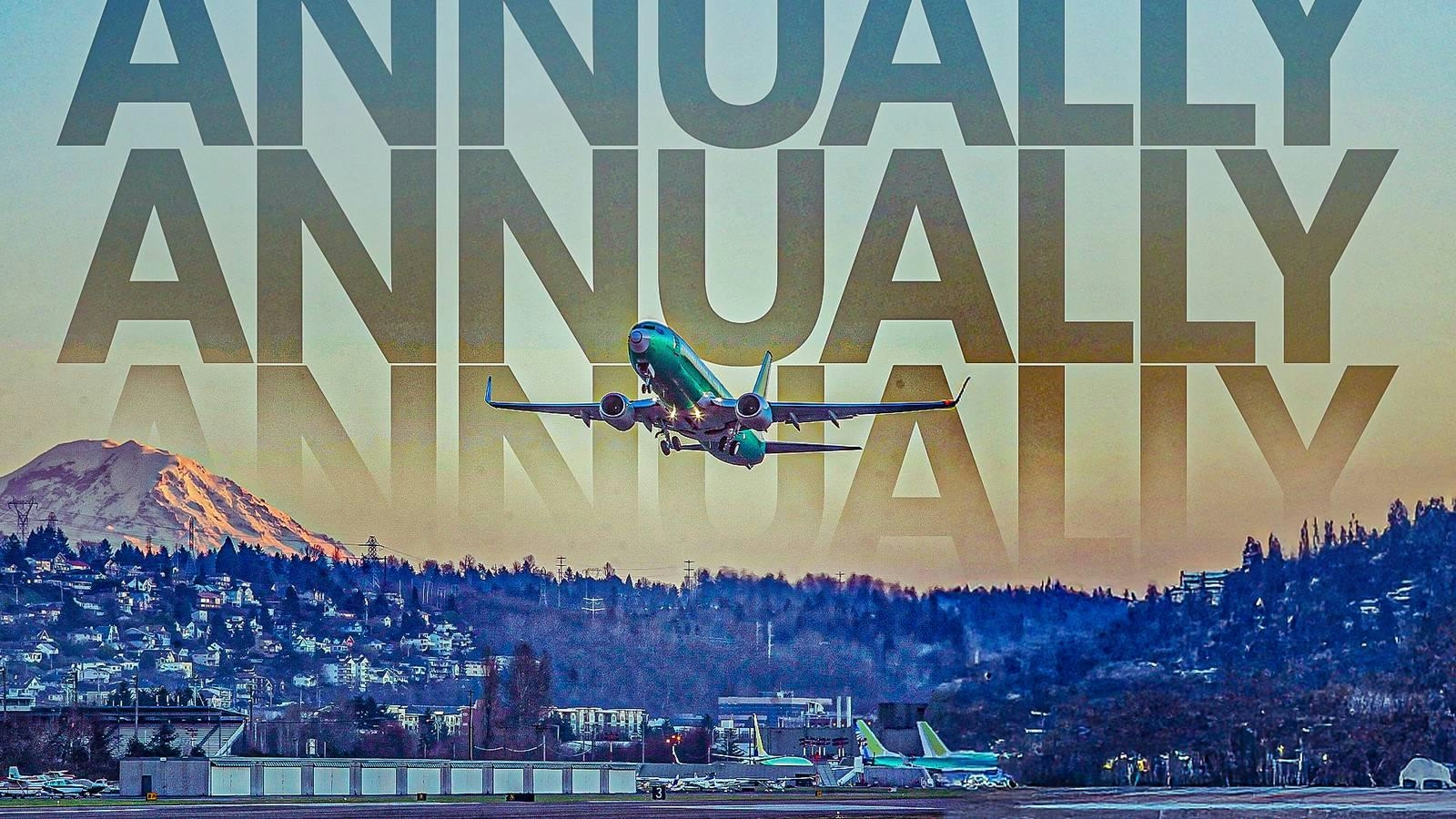
Boeing's Annual Aircraft Production Volume
Boeing remains one of the two dominant players in the global commercial aircraft manufacturing industry, alongside Europe’s Airbus. The company’s annual aircraft production volume serves as a key indicator not only of its industrial capacity but also of its financial stability and the prevailing demand for air travel worldwide. The number of jets Boeing produces each year provides valuable insight into its production efficiency, supply chain robustness, and its ongoing efforts to recover from recent industry challenges.
Production and Deliveries: Key Metrics
Boeing’s output is assessed through two primary metrics: production and deliveries. Production measures the total number of aircraft assembled within a specific timeframe, whereas deliveries account for those aircraft that have been completed, certified, and officially transferred to customers. Deliveries are generally regarded as the more critical performance metric, as they directly influence revenue streams. However, production rates can surpass deliveries, particularly when aircraft are completed but remain undelivered due to certification delays or regulatory obstacles.
In recent years, the disparity between production and deliveries has widened. Boeing has accumulated a substantial inventory of aircraft, notably 737 MAX models, that are technically finished but await final modifications or regulatory approval. This backlog underscores the complexities inherent in aerospace manufacturing, where the pace of production must be carefully balanced against certification processes and delivery logistics.
Challenges Impacting Production
Boeing’s annual production volume continues to be affected by persistent supply chain disruptions. Industry analysts project that these challenges could impose costs exceeding $11 billion on the global airline sector in 2025 alone. Shortages of essential components, including engines and avionics, have slowed production lines and complicated Boeing’s ability to meet market demand.
Quality control has also become a critical focus for the company. In response to a series of incidents and subsequent investigations, Boeing has introduced more stringent inspection protocols across its manufacturing facilities. These enhanced measures have increased the time and complexity involved in production. Additionally, labor disputes and heightened regulatory scrutiny have further constrained output, highlighting the delicate equilibrium required in aerospace production planning.
Recent Developments and Future Outlook
A pivotal development occurred with the Federal Aviation Administration’s (FAA) recent approval for Boeing to raise the production rate of the 737 MAX to 42 jets per month, up from the previous limit of 38. This decision followed comprehensive safety evaluations and signals growing confidence in Boeing’s manufacturing processes. The increase is expected to significantly bolster Boeing’s production capacity, aiding its efforts to accelerate deliveries and recover from prior setbacks.
In 2024, Boeing delivered 348 commercial aircraft, marking a notable decline from pre-pandemic and pre-grounding levels and representing the company’s lowest annual total since the early 2020s. This figure establishes a new baseline for Boeing’s recovery trajectory as it moves into 2025. Although factory throughput is gradually improving, ongoing supply chain challenges and intensified quality inspections continue to restrict the pace of deliveries.
Looking forward, Boeing’s success in synchronizing increased production rates with regulatory compliance and supply chain stability will be crucial. The recent FAA approval is a positive milestone, but the company’s annual aircraft production volume will remain a vital barometer of both its recovery and the broader health of the aviation industry.
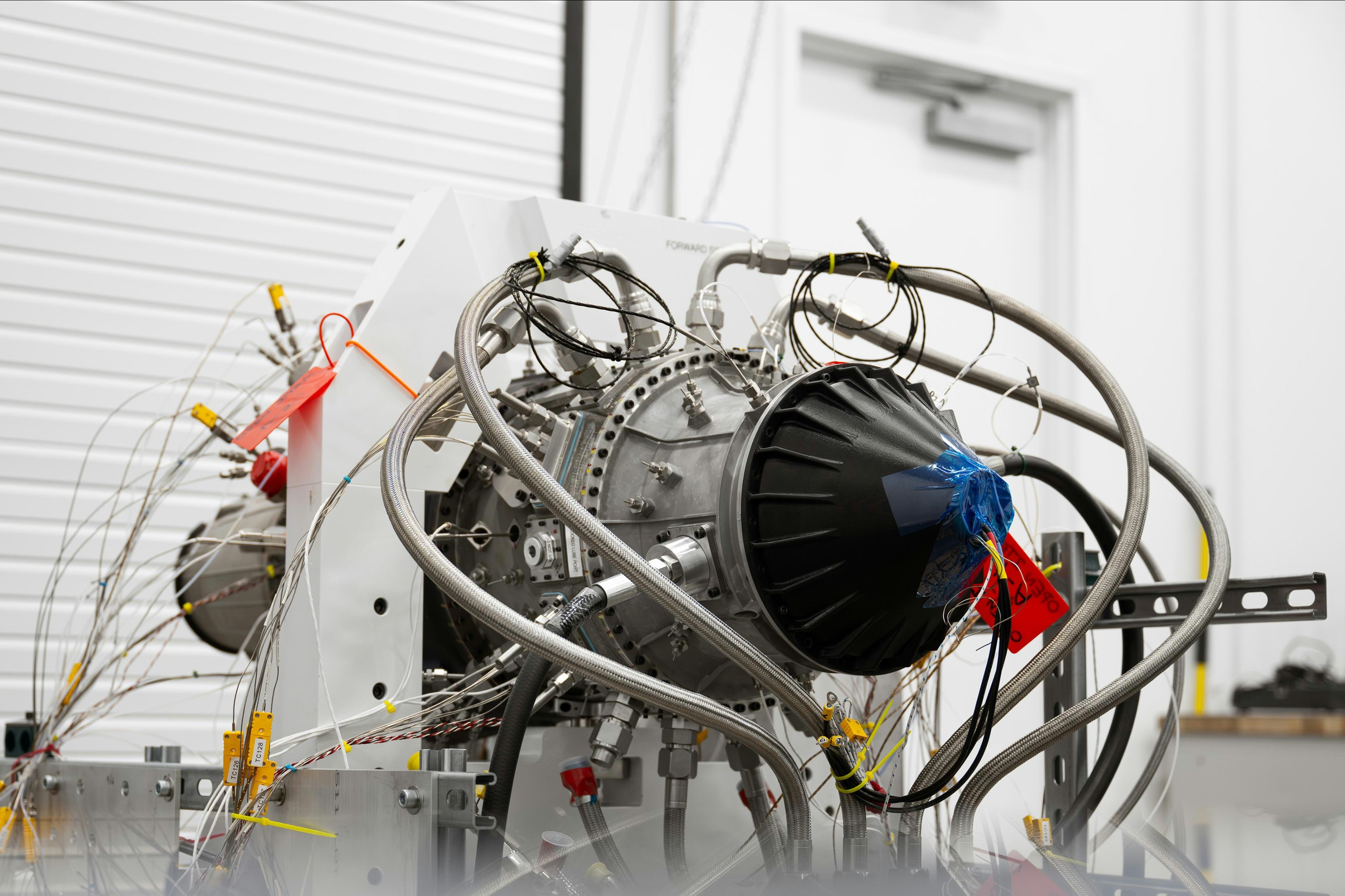
Beehive’s 3D-Printed Frenzy Engine Advances Toward 2026 Flight Tests

CAAM and CRRG Form Alliance in Aviation Aftermarket
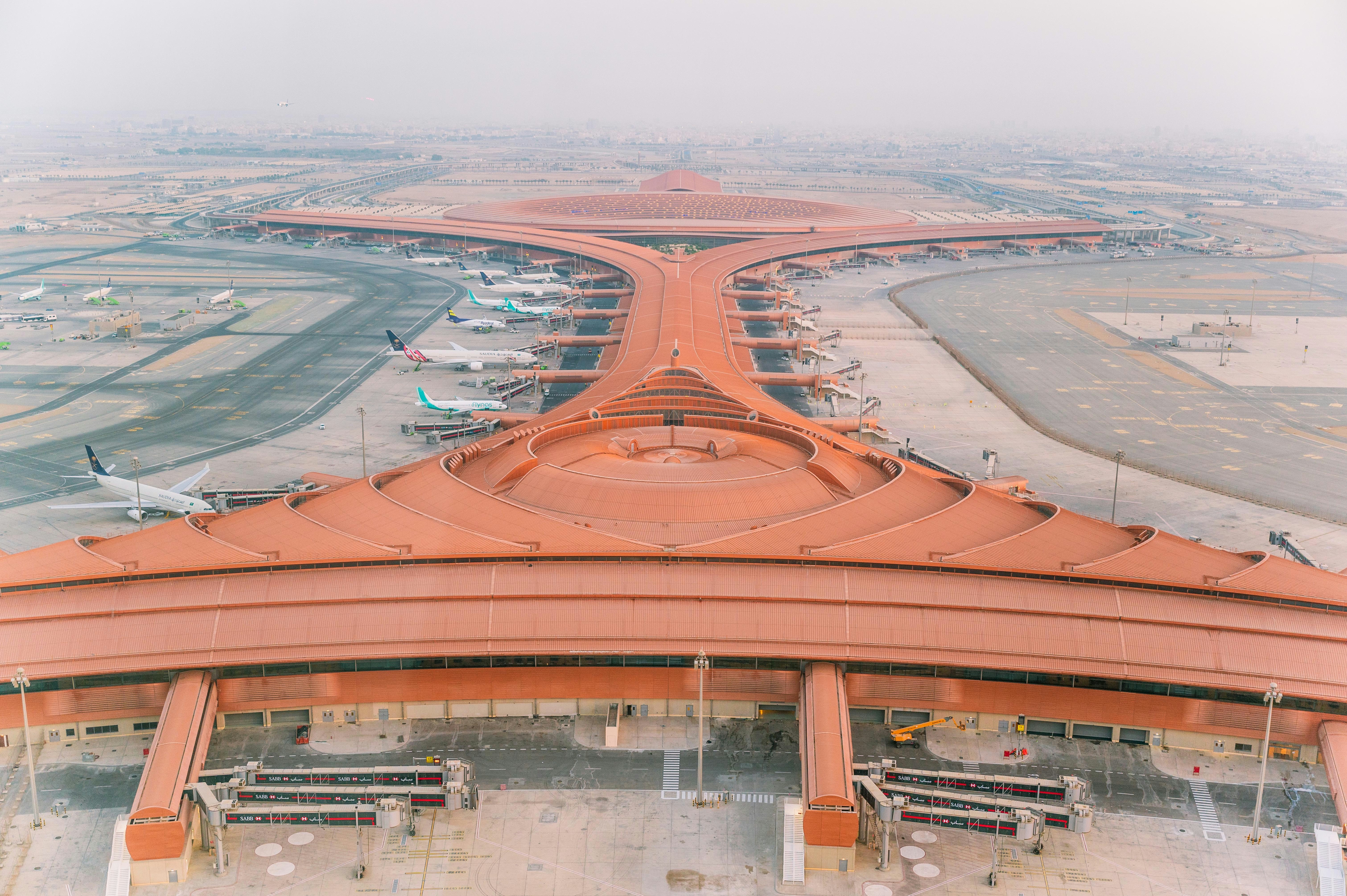
AI and Digital Twins Enhance Airport Operations Amid Global Challenges
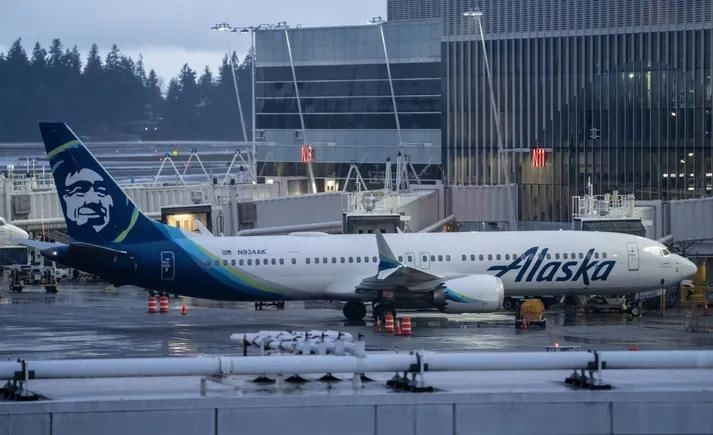
Alaska Airlines Introduces AI Tool to Simplify Trip Planning
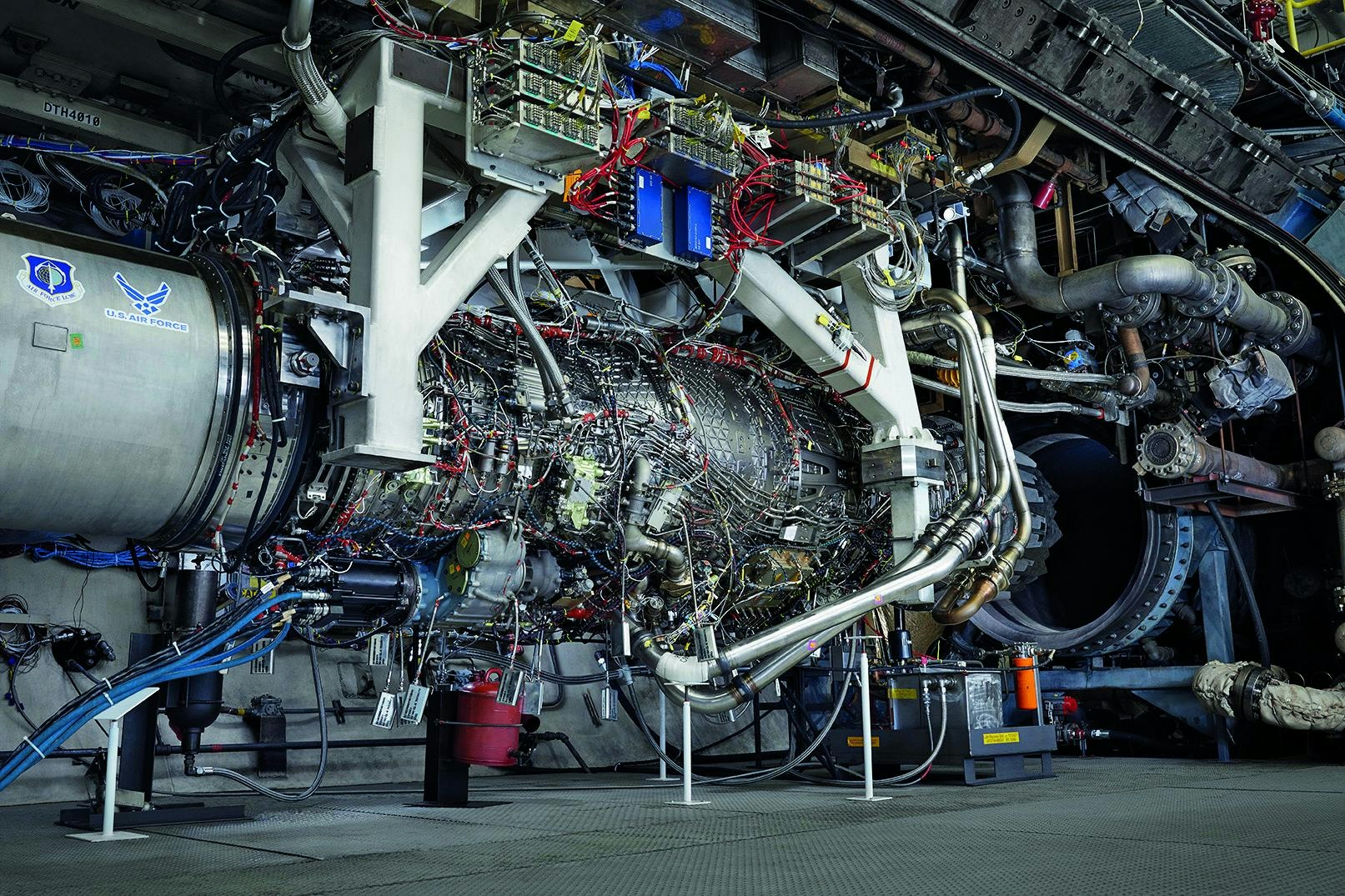
Seven Breakthrough Commercial Aircraft Engines
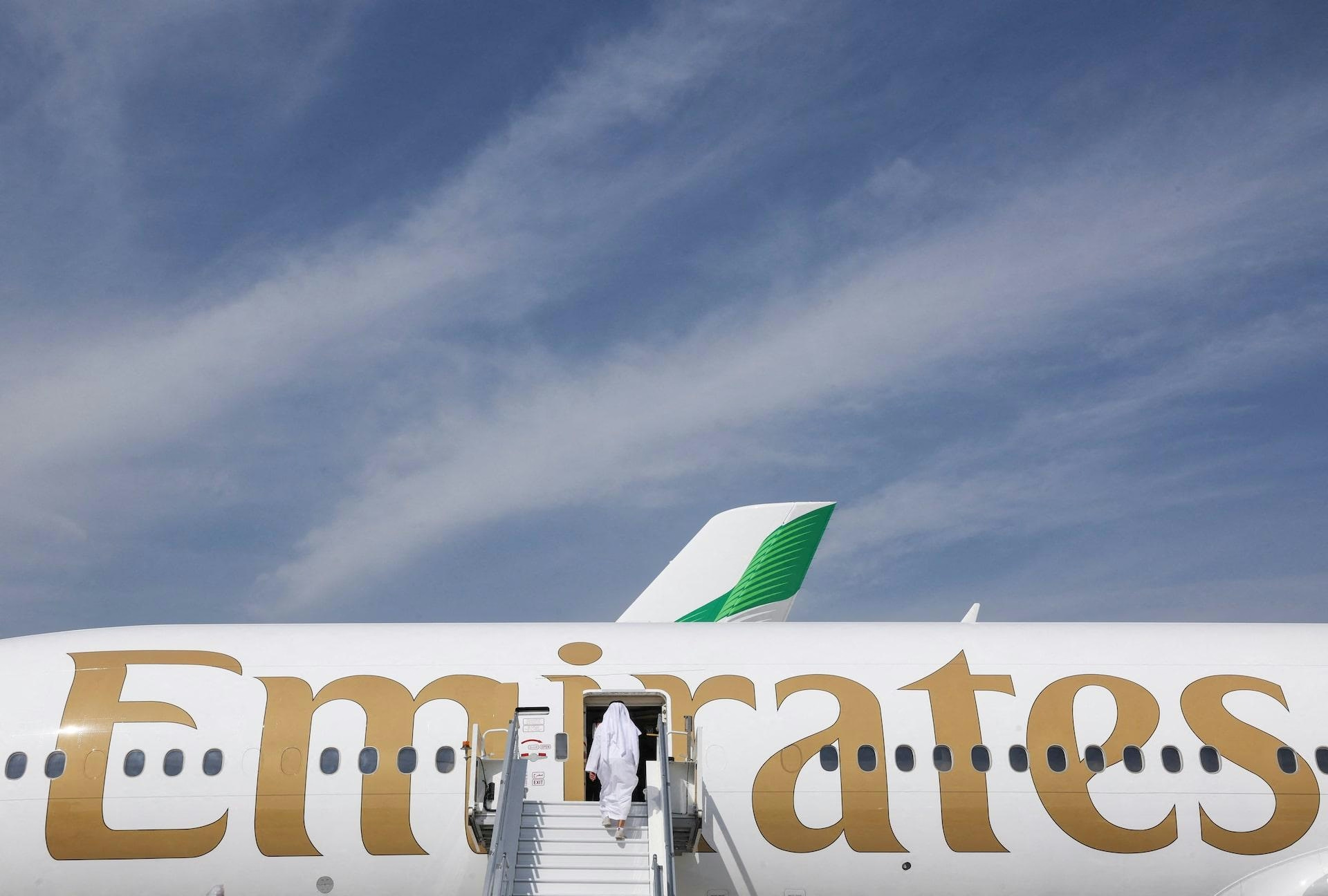
Can Emirates and United Airlines Help Boeing Outsell Airbus in 2025?
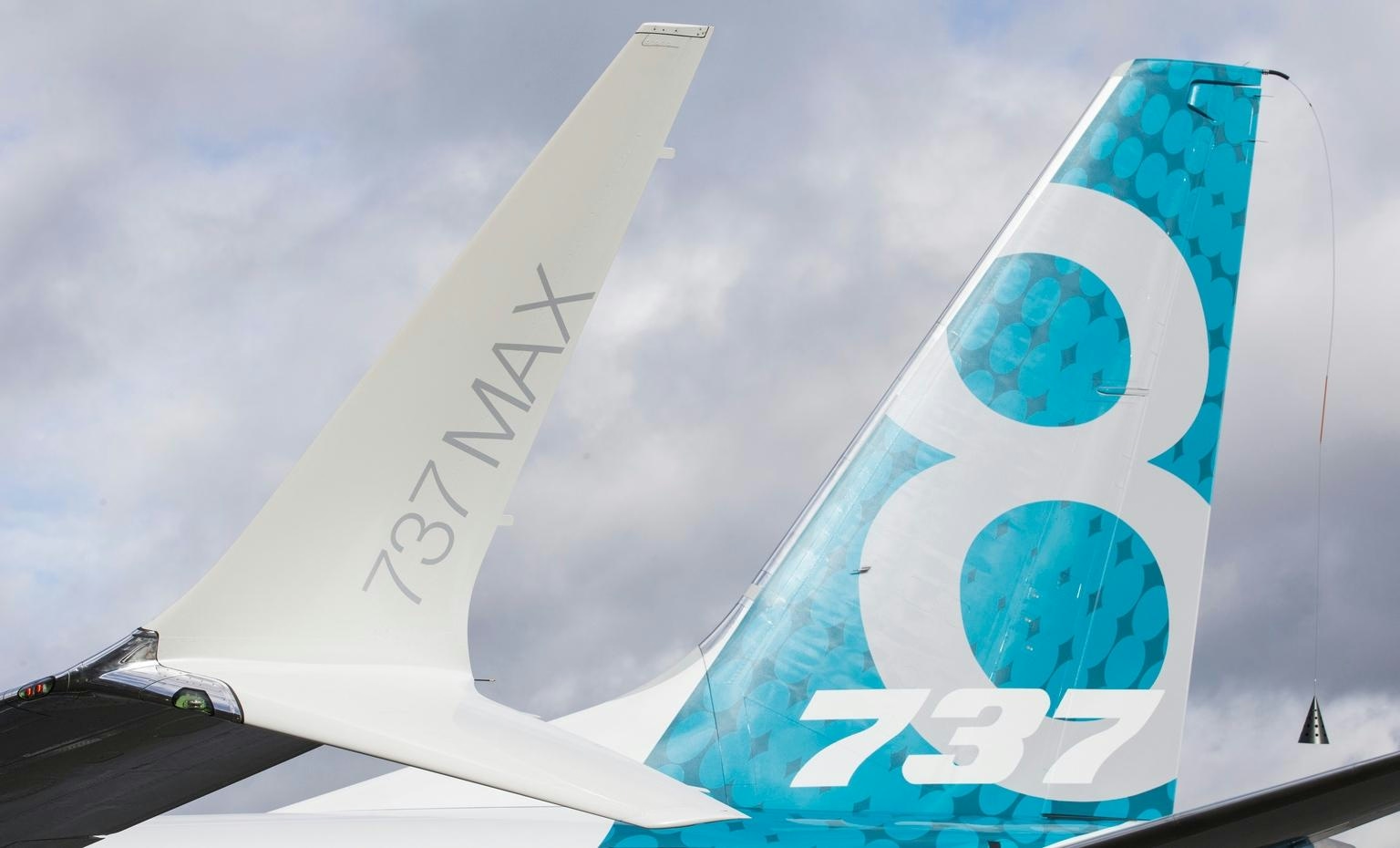
Airbus CEO Acknowledges Boeing May Lead in 2025 Orders
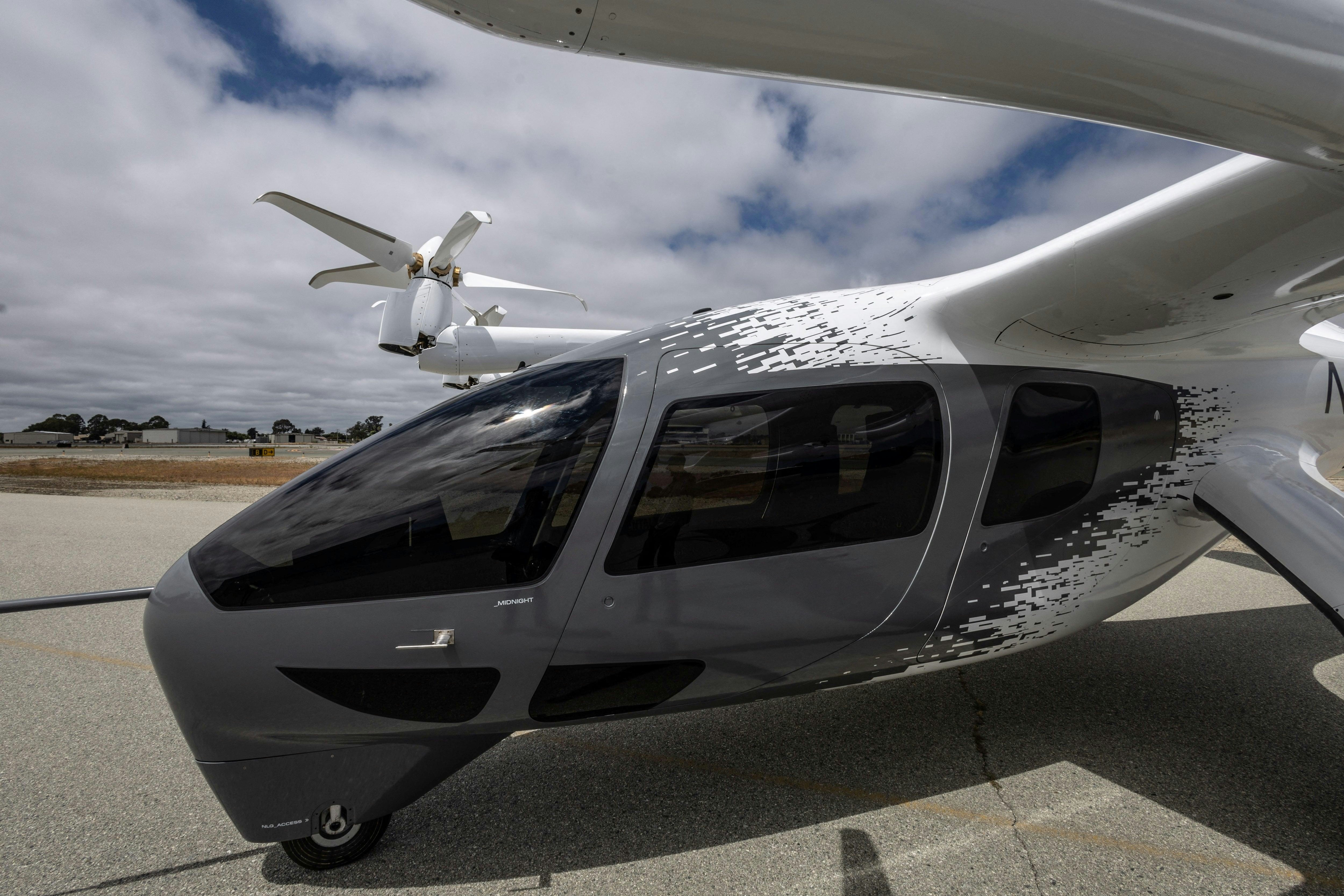
Los Angeles Introduces Air Taxis Ahead of Olympics

Willis Lease Finance Prices $392.9 Million in Fixed-Rate Notes
